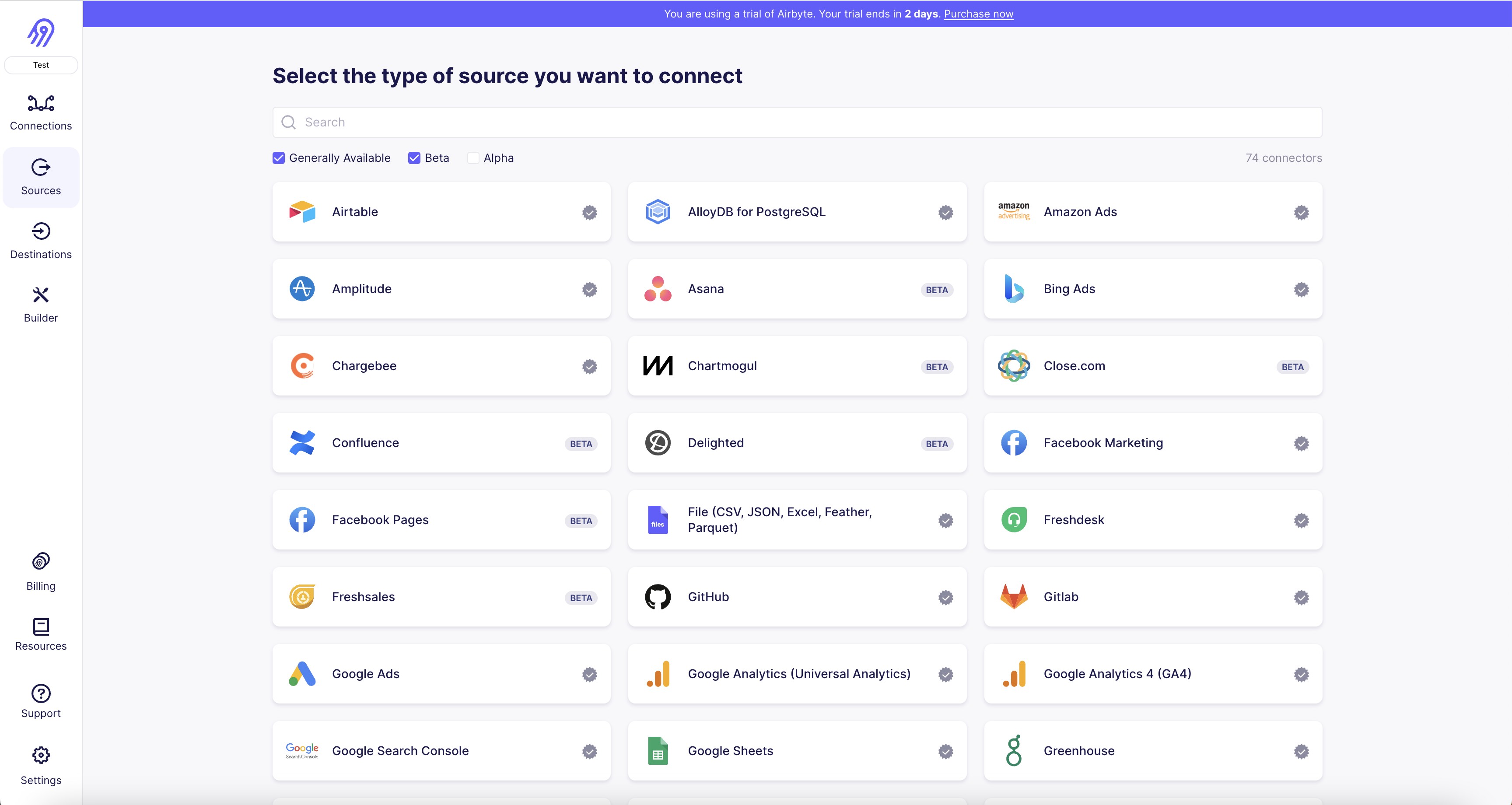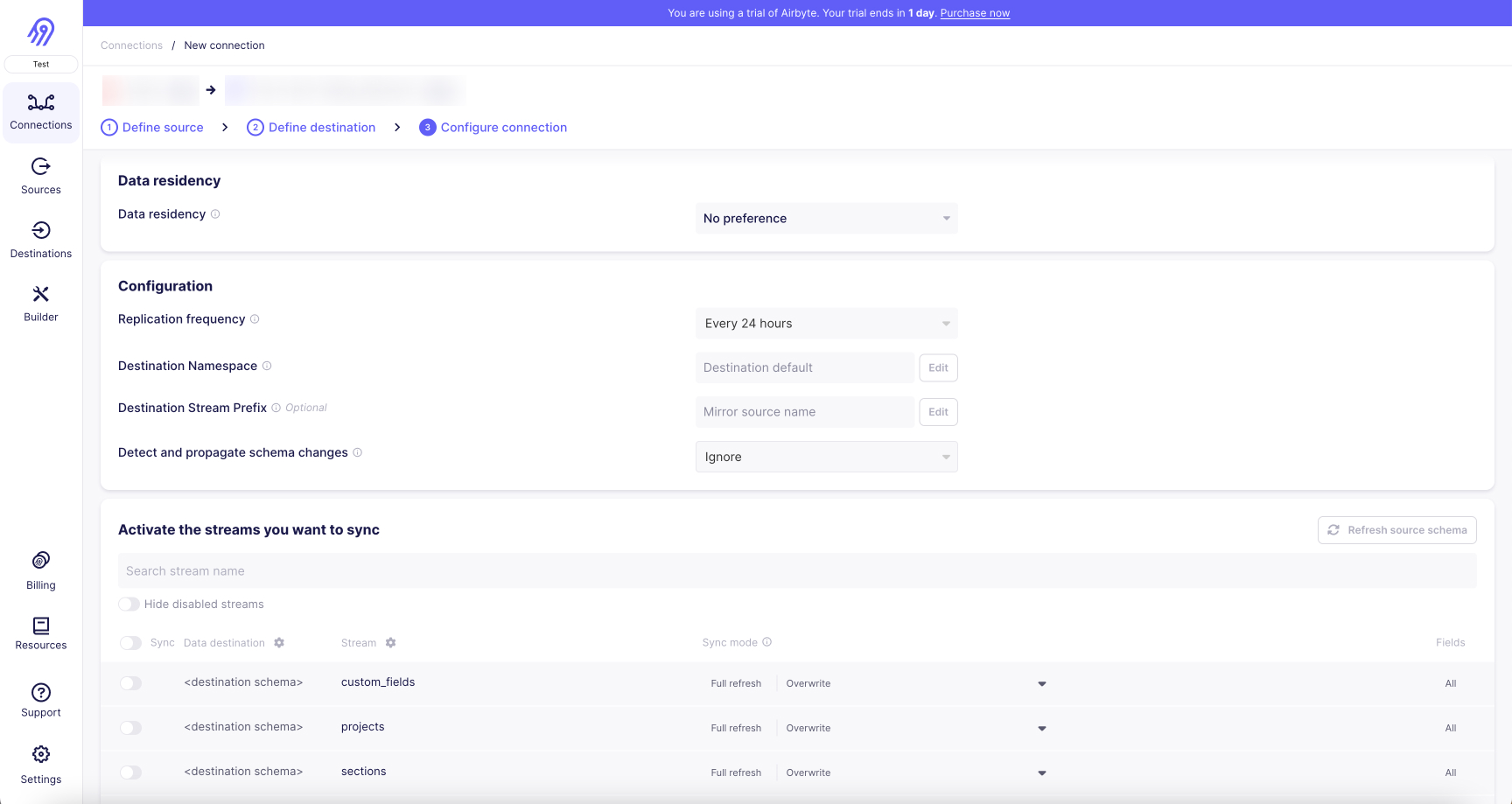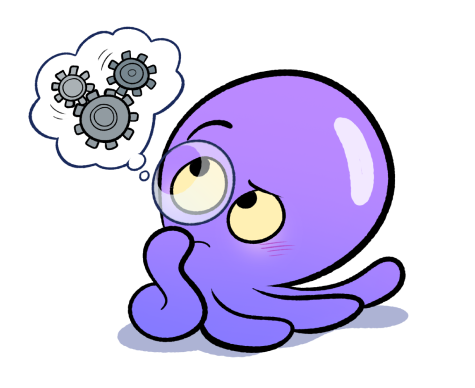Zendesk Support is a software designed to help businesses manage customer interactions. It provides businesses with the means to personalize support across any channel with the ability to prioritize, track and solve customer issues. Also built for iOS, Zendesk Support can be accessed on iPhone and iPad, adding a new dimension to the ability to add the necessary people to a customer conversation at any time.
MongoDB is a database that powers crucial applications and systems for global businesses. Designed for developers and specializing in the areas of open source, software development, and databases, it offers functionality such as horizontal scaling, automatic failover, and the capability to assign data to a location.

1. First, you need to obtain your Zendesk Support API credentials. To do this, log in to your Zendesk Support account and navigate to the Admin settings. From there, select the API option and click on the "Add API Token" button. Follow the prompts to create a new API token and copy the token to your clipboard.
2. Next, open the Airbyte platform and navigate to the "Sources" tab. From there, select the Zendesk Support source connector and click on the "Create New Connection" button.
3. In the connection settings, enter a name for your connection and paste the API token you copied earlier into the "API Token" field.
4. In the "Subdomain" field, enter the subdomain of your Zendesk Support account (e.g. if your Zendesk Support URL is "https://example.zendesk.com/", your subdomain would be "example").
5. In the "Username" and "Password" fields, enter the email address and password associated with your Zendesk Support account.
6. Click on the "Test" button to ensure that your credentials are valid and that Airbyte can connect to your Zendesk Support account.
7. Once the test is successful, click on the "Save & Continue" button to proceed to the next step.
8. In the next screen, you can select the specific data you want to replicate from your Zendesk Support account. You can choose to replicate tickets, users, organizations, and more.
9. Once you have selected the data you want to replicate, click on the "Save & Test" button to ensure that your configuration is correct.
10. If the test is successful, click on the "Create Connection" button to finalize your Zendesk Support source connector configuration. Your data will now be replicated from Zendesk Support to your destination of choice.


With Airbyte, creating data pipelines take minutes, and the data integration possibilities are endless. Airbyte supports the largest catalog of API tools, databases, and files, among other sources. Airbyte's connectors are open-source, so you can add any custom objects to the connector, or even build a new connector from scratch without any local dev environment or any data engineer within 10 minutes with the no-code connector builder.
We look forward to seeing you make use of it! We invite you to join the conversation on our community Slack Channel, or sign up for our newsletter. You should also check out other Airbyte tutorials, and Airbyte’s content hub!
What should you do next?
Hope you enjoyed the reading. Here are the 3 ways we can help you in your data journey:



What should you do next?
Hope you enjoyed the reading. Here are the 3 ways we can help you in your data journey:



Should you build or buy your data pipelines?
Download our free guide and discover the best approach for your needs, whether it's building your ELT solution in-house or opting for Airbyte Open Source or Airbyte Cloud.

Ready to get started?
Frequently Asked Questions
Zendesk Support's API provides access to a wide range of data related to customer support and service management. The following are the categories of data that can be accessed through the API:
1. Tickets: Information related to customer inquiries, including ticket ID, subject, description, status, priority, and tags.
2. Users: Data related to customer profiles, including name, email, phone number, and organization.
3. Organizations: Information about customer organizations, including name, domain, and tags.
4. Groups: Data related to support groups, including name, description, and membership.
5. Views: Information about support views, including name, description, and filters.
6. Macros: Data related to macros, including name, description, and actions.
7. Triggers: Information about triggers, including name, description, and conditions.
8. Custom Fields: Data related to custom fields, including name, type, and options.
9. Attachments: Information about attachments, including file name, size, and content.
10. Comments: Data related to ticket comments, including author, body, and timestamp. Overall, Zendesk Support's API provides access to a comprehensive set of data that can be used to manage and optimize customer support and service operations.

